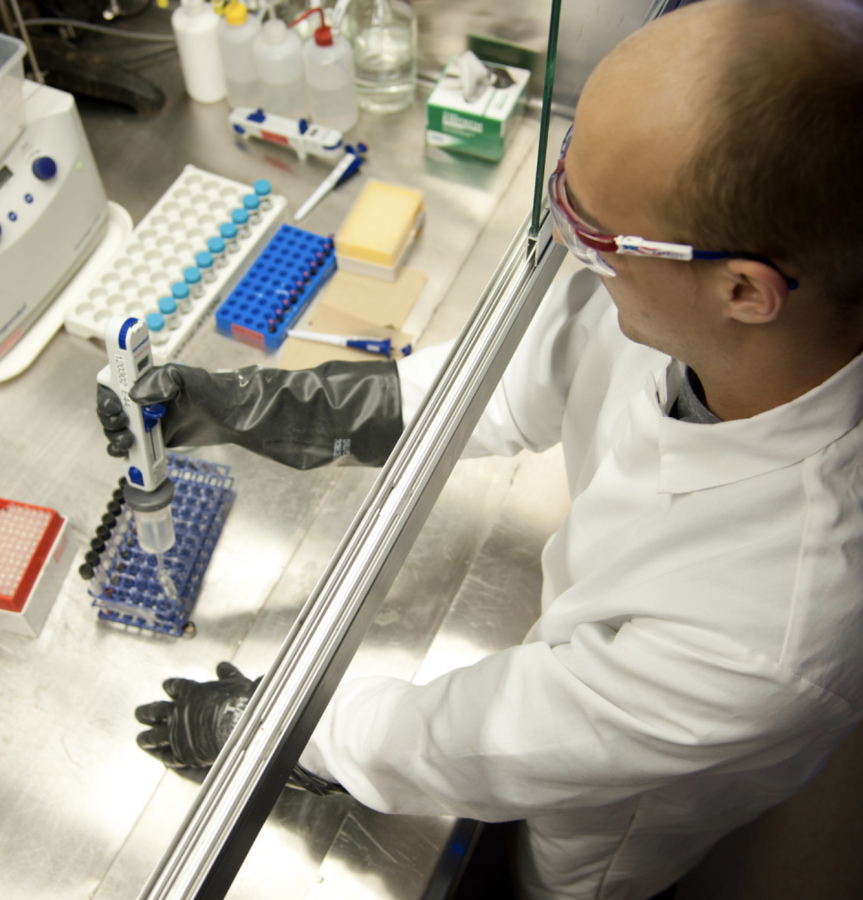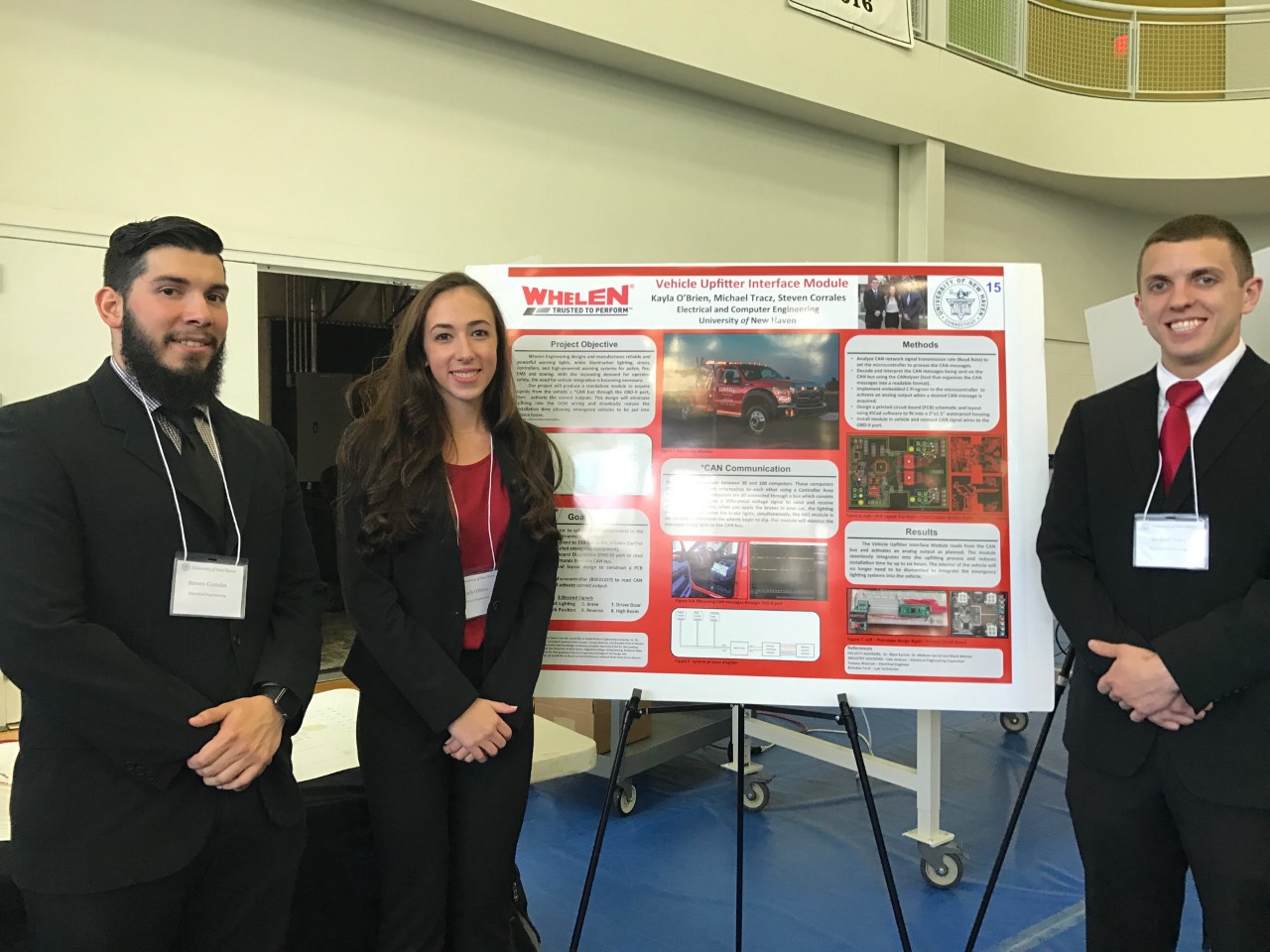Astronomers have captured the first direct image of a planet being born. Adam Kraus, from the University of Hawaii’s Institute for Astronomy and Michael Ireland from Macquarie University and the Australian Astronomical Observatory used Keck telescopes on Mauna Kea to find the planet. The planet called LkCa 15 b is the youngest planet ever observed.
The planet is being formed out of dust and gas circling a two-milion-year-old star about 450 light years from Earth. The planet itself, based on scientific models of how planets form, is estimated to have started taking shape about 50,000 to 100,000 years ago. The previous record holder was about five times older than LkCa 15 b.
In an online interview, Kraus said “We’re catching this object at the perfect time. We see this young star; it has a disc around it that planets are probably forming out of, and we see something right in the middle of a gap in the disc.” Kraus presented the amazing discovery last Wednesday at NASA’s Goddard Space Flight Center in Maryland. Kraus and Ireland’s research paper on the discovery of LkCa 15 b is due to appear in The Astrophysical Journal.
The observations of planets, especially while they’re forming, can help scientists answer questions like whether planets form early in the life of a star or later, and whether they form relatively close to stars or farther away. Planets can change orbits once formed, so it is difficult to answer such questions by studying older planets.
Other planets may also be forming around the same star. Because of this possibility, Kraus will continue to observe the star and hopefully will see other planets if there are in fact more to be found. Scientists have yet to be able to see such young planets before this instance because of the bright light of the stars they’re orbiting outshines them. Kraus and Ireland used two techniques to overcome this obstacle, and therefore see what had not been seen previous to this discovery.
One method, which is also used by other astronomers, was to change the shape of their mirror to remove light distortions that could be created by the Earth’s atmosphere. The other unique method they used was to put masks over most of the telescope mirror. The combination of these two techniques allowed the astronomers to obtain high-resolution images that let them see the faint planet next to the bright star. The astronomers found the planet while surveying 150 young dusty stars. This led to a more concentrated study of a dozen stars, near and distanced away from LkCa 15.








